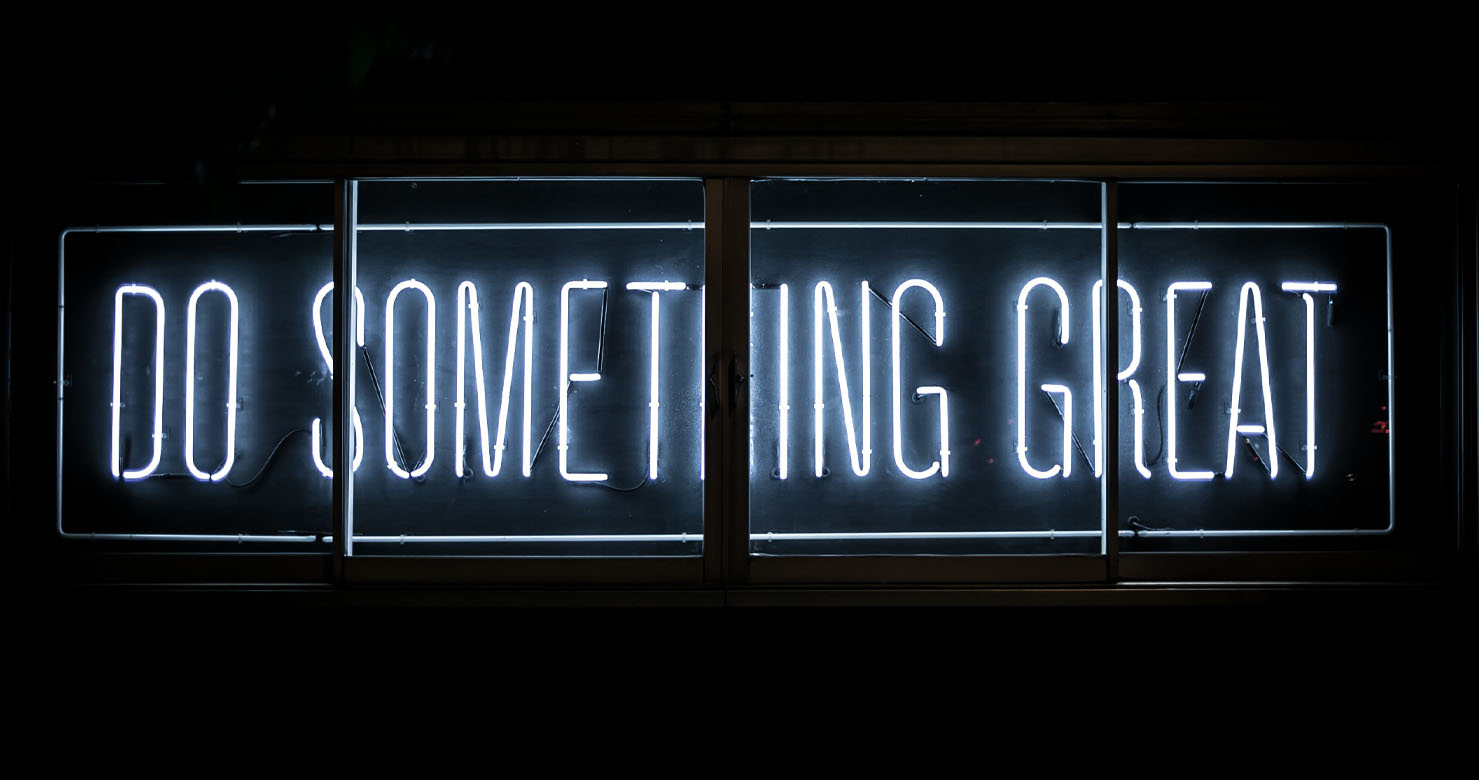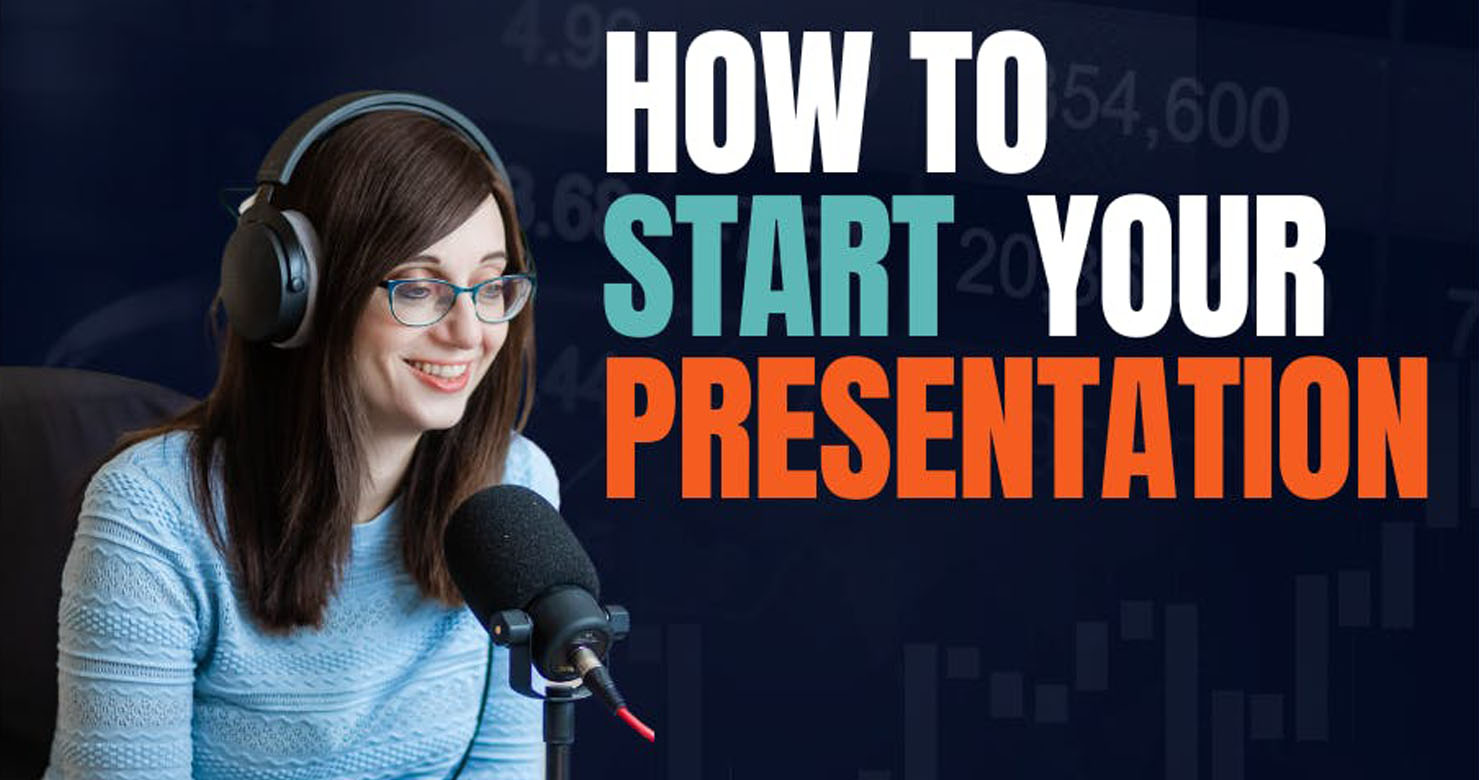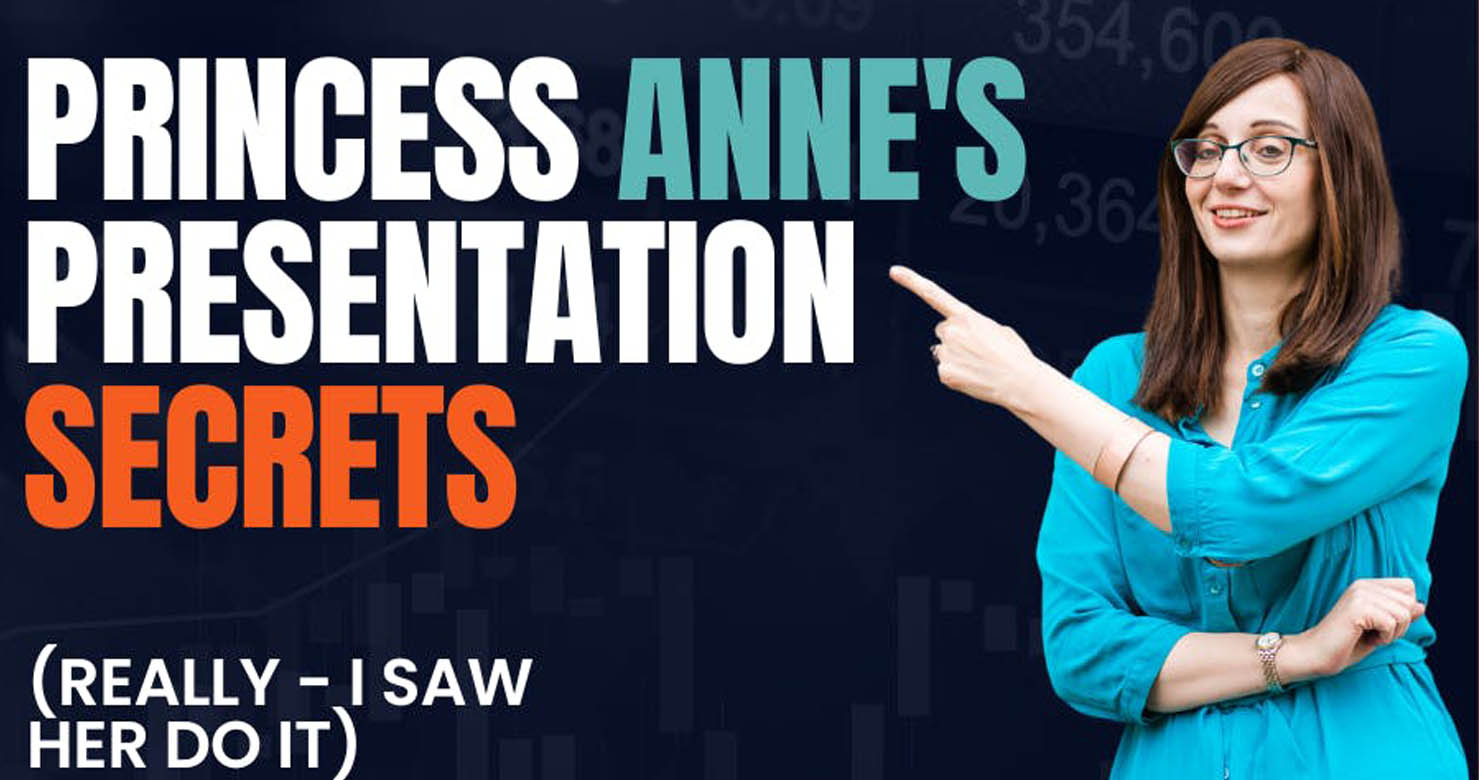
Hey Reader,
We all know the feeling of sitting through a talk that feels generic and uninspiring as though it could have been delivered to ANY audience.
Crafting presentations that resonate with your audience is not just about delivering information; it’s about leaving them feeling inspired and connected.
Without that connection, a presentation can quickly become a forgettable experience.
So, how can you ensure your audience stays engaged and attentive throughout?
This week, I’ll show you how to craft presentations that truly connect with your audience.
Take Your Audience On A Journey
To kick things off, let’s delve into the concept of audience transformation and how it can significantly impact the effectiveness of your presentations.
You want to transform your audience from Point A at the beginning of your presentation, to Point B at the end of your presentation.
This is the audience transformation.
Complete these two sentences:
- At the start of my presentation, the audience is at Point A. They will think/feel/know _________
- At the end of my presentation, the audience is at Point B. They will think/feel/know _________
Then review that and transform it into the sentence below:
- My audience will go from _________ to _________
So, what are the key steps to learn about your audience to can create a meaningful transformation?
Let’s explore:
Step #1: Gather The Data.
One crucial step in tailoring your presentation is understanding your audience.
Ask questions to the event organizers – they know more about who will be there than you.
Here are 5 simple questions you can ask every time:
- How many people will be there?
- What is their role and level of experience?
- What do they know about this topic already?
- What are you hoping to hear from me?
- Who have you had speak before that you loved and why did it work so well?
Importantly, you need to then use this info to shape your content plan.
Step #2: Identify Their Pain Points and Aspirations.
Addressing your audience’s pain points is a powerful way to capture their attention.
Identify the challenges they face and focus on providing solutions.
When you connect with their pain points and offer a path to resolution, they are more likely to engage and listen.
Step #3: Tailor Your Content, Language, And Delivery Style.
Avoid the common mistakes of talking AT your audience, simply transferring knowledge, or ignoring the desired outcome.
Instead, craft your presentation with the intention of creating a meaningful impact for the specific audience that will be there.
Tips And Techniques
Now that we understand the importance of audience connection, let’s explore some practical tips and techniques to help you refine your presentations:
1: Incorporate Storytelling.
Stories have a unique power to connect with people. Don’t feel pressured to find an extraordinary tale; often, everyday moments resonate best.
Everyday moments and personal anecdotes can make your content relatable and memorable.
Use stories to connect on an emotional level, regardless of how technical your topic may be.
Vulnerability creates relatability.
2: Use Visual Aids For Compelling Presentations.
Utilize visual aids, such as charts and graphs, to present data and information in a compelling manner.
Visuals can enhance understanding and engagement, making your message more impactful.
3: Actively Listen And Adapt.
Practicing active listening during your presentations allows you to gauge your audience’s response and make necessary adjustments.
Keep an eye on the text chat or use polling software to collect real-time feedback.
Adapting based on your audience’s cues will enhance your impact.
Tools To Understand Your Audience
To effectively research your audience and create engaging presentations, here are a couple of must-use techniques.
1: For Audience Research….Ask Them Beforehand
Consider sending out a pre-event survey using Google Forms to gather insights from participants.
Also leverage social media to ask questions and understand what your audience wants to know.
2: For Interactive Presentations….Use Polls
For audience feedback in real-time, Slido is a great option.
It offers polling features and integrates well with PowerPoint on Windows, although it may require some additional steps on a Mac.
Ask them questions to assess their baseline knowledge to help you adapt your content as you go.
Reader’s Corner
Now, let’s address a common question I get asked by my coaching clients related to prepping presentations for audiences.
- Question: What if I have a mixed audience who have diverse knowledge levels and experience? How do I know how to pitch my presentation?
Answer: It’s a challenge to cater to everyone. In fact, you simply can’t. Instead, focus on the majority, or create a clear single avatar that represents your target audience. Prep your content specifically for them. You can’t be all things to all people, so pick one person and make it tailored exactly to them
This week we explored the significance of writing your audience transformation and understanding your audience to craft impactful presentations.
We learned how gathering data, identifying pain points, and tailoring your content can create meaningful connections.
Next week, we’ll dive into the art of starting with a bang and closing with impact, ensuring your pitches resonate long after the presentation ends.
Remember, connecting with your audience is key to making a lasting impression.
Stay tuned for more insights and strategies to help you master the art of pitching to your audience effectively!
See you next week.




